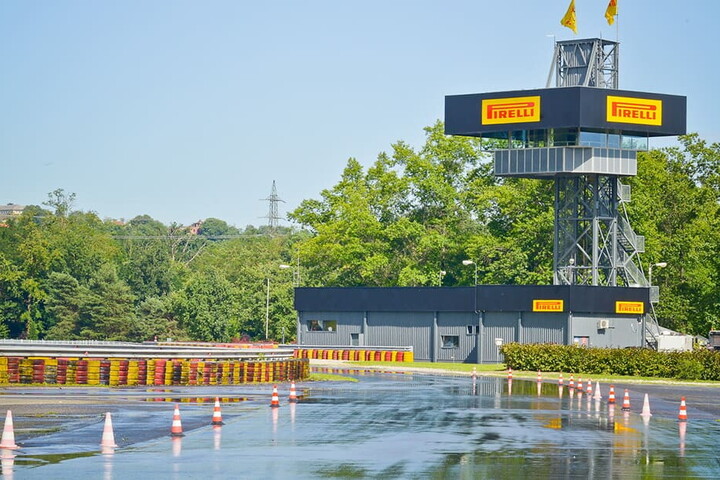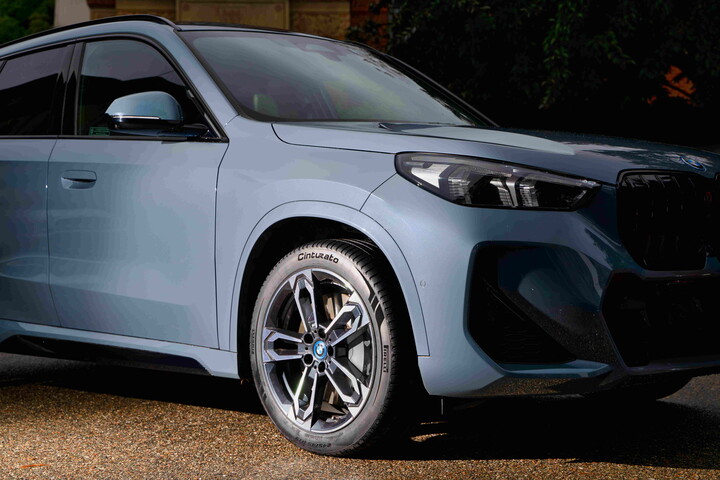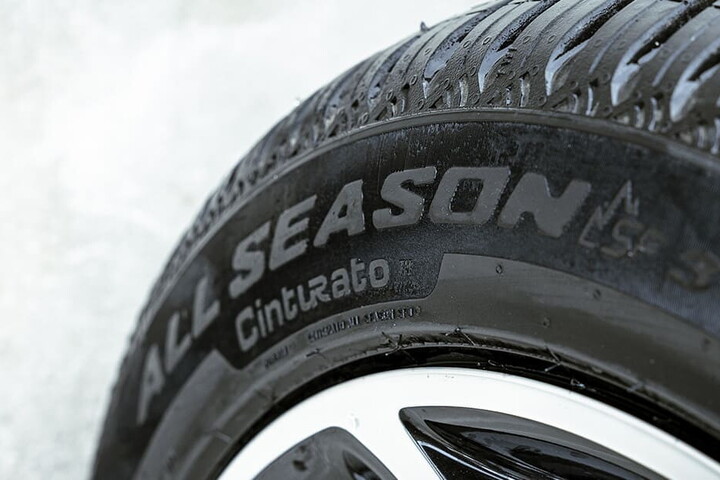When it comes to cars and consumption levels, there can only be one answer: it depends. This applies both to fuel, but also and especially to tyres. While it is possible to estimate with a certain degree of approximation how many kilometres you can cover with a litre of petrol, diesel, gas (or one kW of electricity), estimating the duration of a set of tyres is a much more complex affair. This is because, although in principle a lab simulation can provide some answers, in actual everyday driving, there are many variables which can supersede all possible forecasts.
The figures from European statistics
In reality there are statistics on a European scale that indicate how the average is between 25 and 50,000 km for drivers who usually have a normal driving style, with peaks that can reach 75,000 km in the case of more laid-back driving, but this figure can also fall below 10,000 km if the driver won't give up on making the most of everything the car has to offer. Consequently, even if in principle the tyres are designed to last between 40 and 50 thousand km, reality may have some big surprises in store.
READ ALSO: When should tyres be replaced?
Five elements that are impossible to assess
There are at least five elements that can affect the mileage capacity. First of all, the type of car, given that the power, torque and braking system are decisive. But the condition of the vehicle also counts, since a car that undergoes regular maintenance is decidedly more "gentle" on all four tyres. Don't forget that weight also plays an important role: the mass of the car, supplemented by its load conditions. One detail that cannot be underestimated is the type of road covered, given that the motorway is more favourable terrain than an urban route or one composed predominantly of curves and bends. And the type of road surface is certainly not of secondary importance.
The size? It definitely matters
Then you need to consider that an important role is played by the type of tyre used, with considerable differences between models designed for tourist, sporting or winter use, just to mention the main ones. Finally, the size needs to be considered, because with identical cars and driving conditions, two tyres with different diameters and different sections can reach the end of their life after significantly different mileages.
Discover more
TipsA guide to wheel rims
Objective 50,000 km
It is evident that the four tyres on a citycar start off at an advantage compared to those fitted on a car with sporting characteristics, or in any case which is heavier. The latter require tyres with a broader footprint on the ground, which equates to a greater grip, but also to much more friction. But beware, because the potential lifespan of over 50,000 km which is within the reach of a city vehicle could be thwarted by certain far from virtuous behaviours, which are destined to reduce duration by even more than 50 per cent.
The behaviours that make the difference
The list is varied, ranging from incorrect inflation pressure to a far from ideal ride, which lead to irregular and accelerated tread wear: from the approximately 8 mm depth of a new tyre, this can soon reach the 1.6 mm limit. The difference can also be made by those typical situations of city driving, starting with parking manoeuvres performed by steering while stationary, with a strong friction between the asphalt surface and the tyre. Alongside the characteristic setting of mountain roads, the metropolitan environment is without a doubt the most penalising for a set of tyres, due to the continuous changes in direction, accompanied by repeated accelerations and braking. The most favourable habitat for a tyre tread is clearly the motorway, where the constant speed and the presence of long straights guarantee conditions very close to those of laboratory tests.




